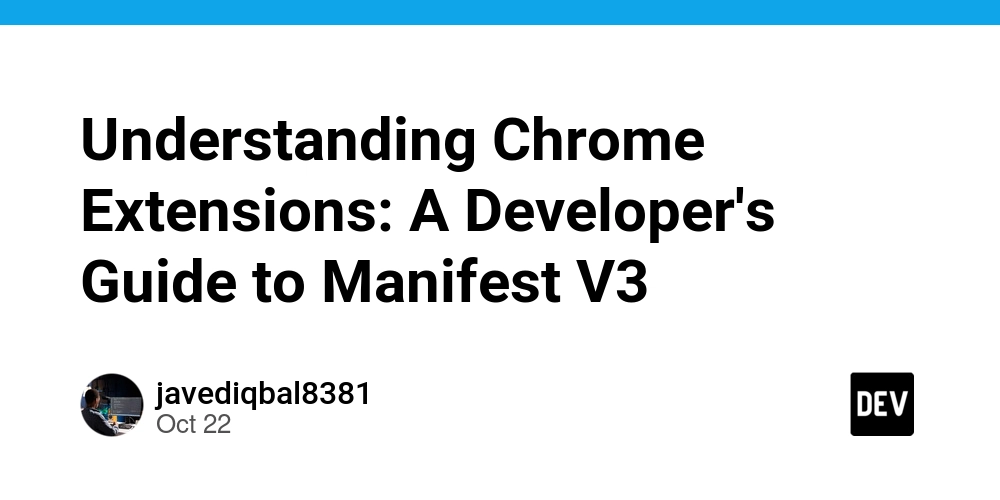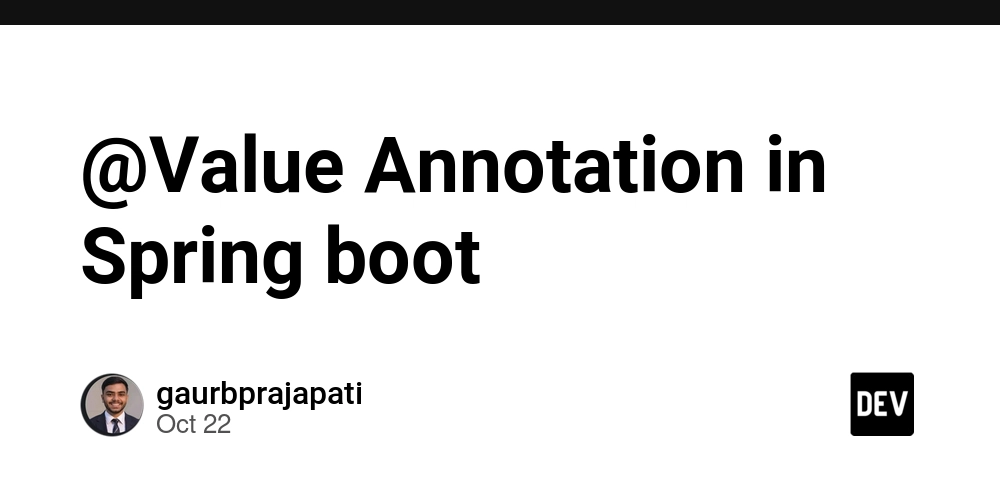Starting Out — and Feeling Lost
I started my full stack software engineering career right out of college as a bright-eyed, bushy-tailed computer science graduate with terrible impostor syndrome.
Who can relate?
Between the firehose of onboarding information, a brand-new work environment, and an unfamiliar schedule, I felt completely overwhelmed. IBM ran large cohort-based onboarding workshops, and on top of that, I was meeting with different members of the team to learn as much as possible before jumping into real work.
When the time came to tackle my first ticket, I was clueless. I needed to implement a privacy auditing feature across the stack — which, at the time, used vanilla JavaScript on the front end, Node.js on the back end, and IBM DB2 for the database.
The codebase was relatively straightforward in structure, but it was massive, and I didn’t even know where to begin.
Pair Programming: A Turning Point
When I brought this up during our team standup, the lead engineer on the project, Devaraj, offered to pair-program with me.
I was nervous. Would I just stare blankly at a wall of code? Would he explain everything so fast that I wouldn’t retain a thing?
Instead, I was pleasantly surprised. Devaraj built the feature in front of me — explaining what he was doing, why he was doing it, and how the data flowed from front to back at every step. It was like watching a live masterclass in our codebase.
He could have completed the task ten times faster on his own. But by slowing down, explaining his reasoning, and letting me ask endless questions, he helped me gain both a deep understanding of the system and the confidence to contribute independently.
Within weeks, I was building features with some guidance. Within months, I was implementing them entirely on my own.
Exceeding Expectations
Six months later, my manager called me in to talk about my performance. Even with my progress, I still felt “green” and worried that I’d fallen short.
To my surprise, she told me I was exceeding expectations and should expect a bonus.
Excitement hit — and then gratitude. I couldn’t have achieved that growth without the people, like Devaraj, who took the time to invest in me.
And years later, I found myself in his position — mentoring new engineers using the same patient, hands-on approach he had modeled for me.
Introducing “WHAT”: A Framework for Mentorship
So what happened here?
WHAT happened here.
WHAT is an acronym I picked up while volunteering on the A/V team at my church — and it stuck with me ever since. It outlines a simple but powerful model for progressive mentorship:
W – Watch: You (the mentee) watch while I (the mentor) do.
H – Help: I do, and you help.
A – Assist: You do, and I assist.
T – Teach: You teach someone else.
At first, I simply watched Devaraj build the feature and asked questions along the way. As I gained confidence, I started to help, taking small pieces of the task myself. Eventually, I moved to assist, completing most of the work while checking in for feedback.
And finally, I reached the teach stage — mentoring others and passing along what I’d learned.
Applying WHAT in Real Life
The WHAT model is helpful because it brings structure and clarity to mentorship. It creates a shared understanding between mentor and mentee about where they are in the learning journey and what’s next.
Of course, the stages aren’t always linear or clear-cut. Even in the “Help” stage, someone might already have expertise in certain areas and be ready to “Teach” others. The goal isn’t to follow the model rigidly — it’s to use it as a framework for understanding and communication.
When applied intentionally, WHAT helps both sides see progress, build confidence, and ultimately create a culture of continuous learning.
Takeaways
-
Effective mentorship compounds growth. By slowing down to teach, mentors create ripple effects that elevate entire teams.
-
Structured learning builds confidence. The WHAT framework gives mentees a roadmap for their development.
-
Teaching reinforces mastery. When you teach others, you deepen your own understanding — completing the cycle.
Whether you’re a new engineer or a seasoned leader, adopting a “WHAT” mindset can help you turn knowledge into shared success — and transform impostor syndrome into empowerment.



